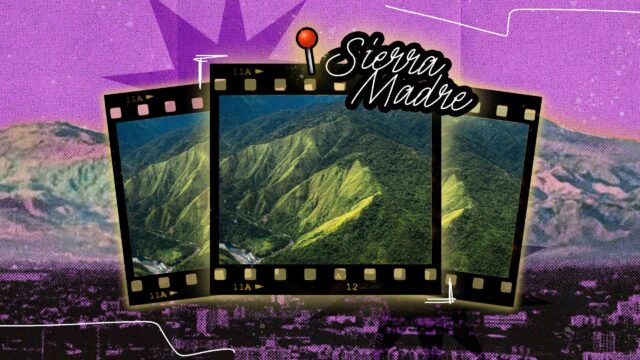Ensure you’ll have a good start to your job hunt by making your resume or CV as good as it can be!
Related: 6 Things I Wish I Knew Before I Got My First Job
The job hunt isn’t easy. With the job market being increasingly competitive, we need all the help we can get. Though you don’t necessarily need a stacked resume to land a job, especially if you’re just starting out, it is the first thing that puts you on Human Resources’ and consequent higher-ups’ radar. Resumes and CVs let them know what you can do and what you can bring to the company (and if you’re right for the position).
Besides the obvious—don’t lie, because it will for sure come to bite you in the butt later on—and the practical, here are a few resume and CV writing tips and tricks that will help you land that job.
RESUME VS. CV—WHAT’S THE DIFF?

First things first—what’s the difference between a resume and a CV and how do you know which one you should use?
A resume is a one to two-page document detailing your work experiences, relevant skills, and educational background. A CV, or “curriculum vitae,” is a longer, more comprehensive document that lists the same things a resume has, but puts emphasis on academic history and achievements. A resume is more commonly used across industries, and CVs are more used in the academe.
Some companies will accept either. It also depends on the job description, industry, location, nature of the job, and a few other things. If you feel your CV would paint a better picture of who you are and what you can bring to the job, feel free to send that. But if you think your resume speaks for itself, go for it. In any case, make sure to exercise critical judgment in everything when it comes to dealing with a potential new job.
RESUME AND CV TIPS AND TRICKS

KNOW WHAT’S NEEDED
Adjust your resume or CV according to the needs of the job listing and requirements. Make sure your documents include only the necessary details: a short description of yourself, educational attainment, work or organizational experience, and skills and interests. Keep your descriptions about what you’ve done under a company or organization clear and concise.
EDIT WITH BRUTALITY
Be cutthroat when you edit your resume—you probably won’t need all that you put initially. Focus on highlighting the skills, work, and accomplishments that prove you would be a good fit for the position. Cut irrelevant information or experiences that are not aligned with the job you’re applying for.
For instance, HR and bosses of a media company would be interested in knowing that one of your hobbies is photography because it means you know how to handle a camera, but you need not mention that you love having dinner with your friends.

VALUE THE TRIED-AND-TRUE
It helps to stick to what works. There are loads of resume and CV templates online, and your university may even have a standardized format that they provide to help you with job applications. These templates are often simple and help guide you on what to include in the document. You don’t need to start from scratch!
STRIP IT DOWN
Don’t write paragraphs upon paragraphs about yourself and your experience. Design your resume to be something that can be easily skimmed. Keep it short and sweet, with clear headers, bullet points, and dynamic, active verbs that immediately let them know what you’ve done and how you’ve accomplished things.
HIT KEYWORDS
When talking about your experience, no matter how little or how much you have, employ some relevant keywords, whether they’re directly aligned with the job description or something that shows off your skills and efficiency. The Muse has a formula you can play around with that ensures your qualifications will be listed in a way that’s concise and detailed:
- Compelling verb + job duty + key skills used = tangible result
Examples:
Conceptualized and executed a promotional campaign for a University Student Government fundraiser, which raised 100% of its target quota
Introduced a new social media content plan and calendar after analyzing brand and audience insights, leading to a 20% increase in followers

LOOK AT THE BIG PICTURE
Simply put, make sure your resume or CV looks neat, readable, and professional. Take a step back and ask yourself if the document looks too crowded or too wordy, if the font is appropriate, if there’s too much negative space, if it looks messy, if you need to embolden or italicize sections or phrases to make words distinct from one other, if the margins are too narrow—things that may be small details but could make someone want to skim through it immediately.
PLEASE PROOFREAD
Whether you’re sending an email or handing over your resume, do not forget to proofread a whole bunch of times. You wouldn’t want to send something that has minor errors like incorrect grammar or typos—a polished resume or CV shows how careful and deliberate you are, which are good traits to have.

GET IT CHECKED
You’re going to need a different, fresh pair of eyes to look over your resume or CV, because you might miss something. Run your sentences through a grammar checker and have other people read through it! Make sure it’s at its best before you send it over to a company and hope it helps you stand out enough to move forward in the application process and land that interview (and eventually, that job).
Continue Reading: How I, A Fresh Graduate, Got A Job During The Pandemic (Hint: It Wasn’t Easy)





